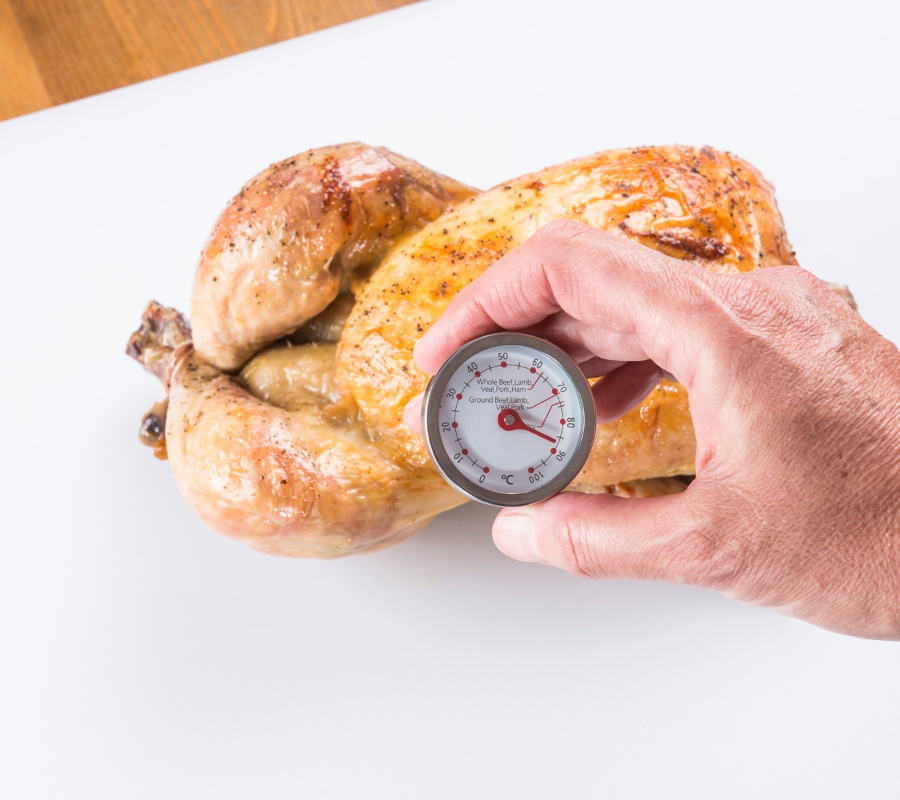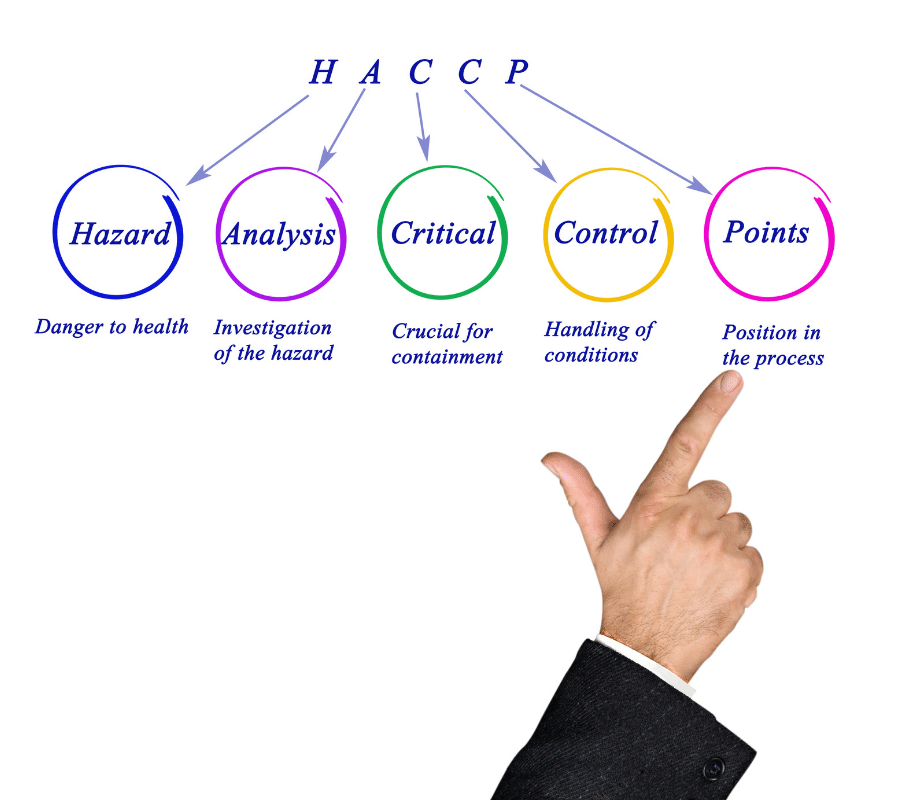Hospitality and food distribution comes with strict protocols when dealing with the temperature of foodstuffs.
Controlling the temperature of food is extremely important in ensuring that food is safe to eat, and you must ensure that food is always cooked, cooled, chilled or reheated properly to minimise the risk of harmful levels of bacteria in the food that you provide or sell. The reason behind this is that poor temperature control is one of the main causes of food poisoning outbreaks
Bacteria grow most rapidly in the range of temperatures between 40 °F and 140 °F, doubling in number in as little as 20 minutes. This range of temperatures is often called the “Danger Zone.”
Accurate temperature control and monitoring in the production and preparation of food is important for a number of reasons, to preserve quality but most importantly to ensure safety. When it comes to your business, it is your responsibility to closely follow strict hazard analysis and critical control points (HACCP) control standards.
It is important to note that even with the best food safety practices, there will be instances where foodborne illness occurs. This is why food safety standards are important!
To help maintain your standards, you should practice good hygiene and sanitation habits. It is also important to keep a record of all food items that are ordered, purchased, and/or delivered.
It is helpful to keep an electronic record of orders as well using software or the website that you order from. Make sure this software or website has rights to access your data so that it can properly manage records.
Consumers trust the supply chain is complying with regulations, and the products they receive have been kept as fresh as possible. However, how much confidence do you have in your monitoring? As technology grows, the need for clipboards and hourly instructions to staff is no longer keeping the pace with todays demand.
A simple but the most effective way to check whether the food has been cooked thoroughly would be to use a thermometer, or more specifically a probe thermometer, you must ensure that the probe thermometers doesn’t contaminate or taint any of the food being probed. You can avoid this by thoroughly cleansing and disinfecting them before each use with ready to eat food.
It is recommended that you keep data, a record of checks that you make. It is good practice to check and record at least two or three high-risk food temperatures per day. This ensures that you are showing transparency when it comes to monitoring your foodstuffs thus showing you are following any and all regulations when it comes to the manufacturing and handling of food.
Showing this this transparency reinforces that trust you’ve built with your customers and consumers, showing that you care for both your product and the consumer, giving that quality standard that will stop your customer going elsewhere and building your reputation as the go to when it comes to quality.
See how Resinity can help your business, schedule a demo today to see it in action!





